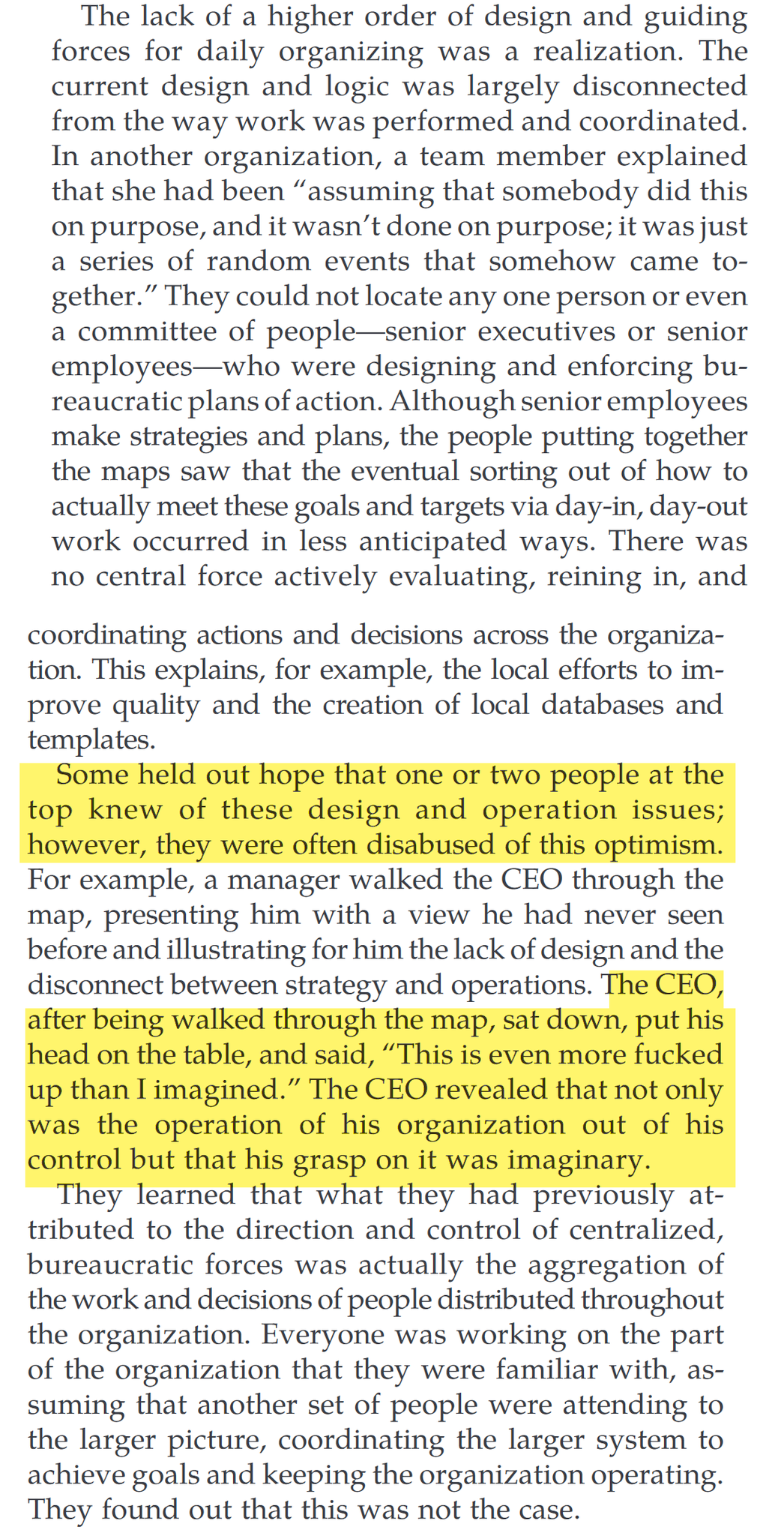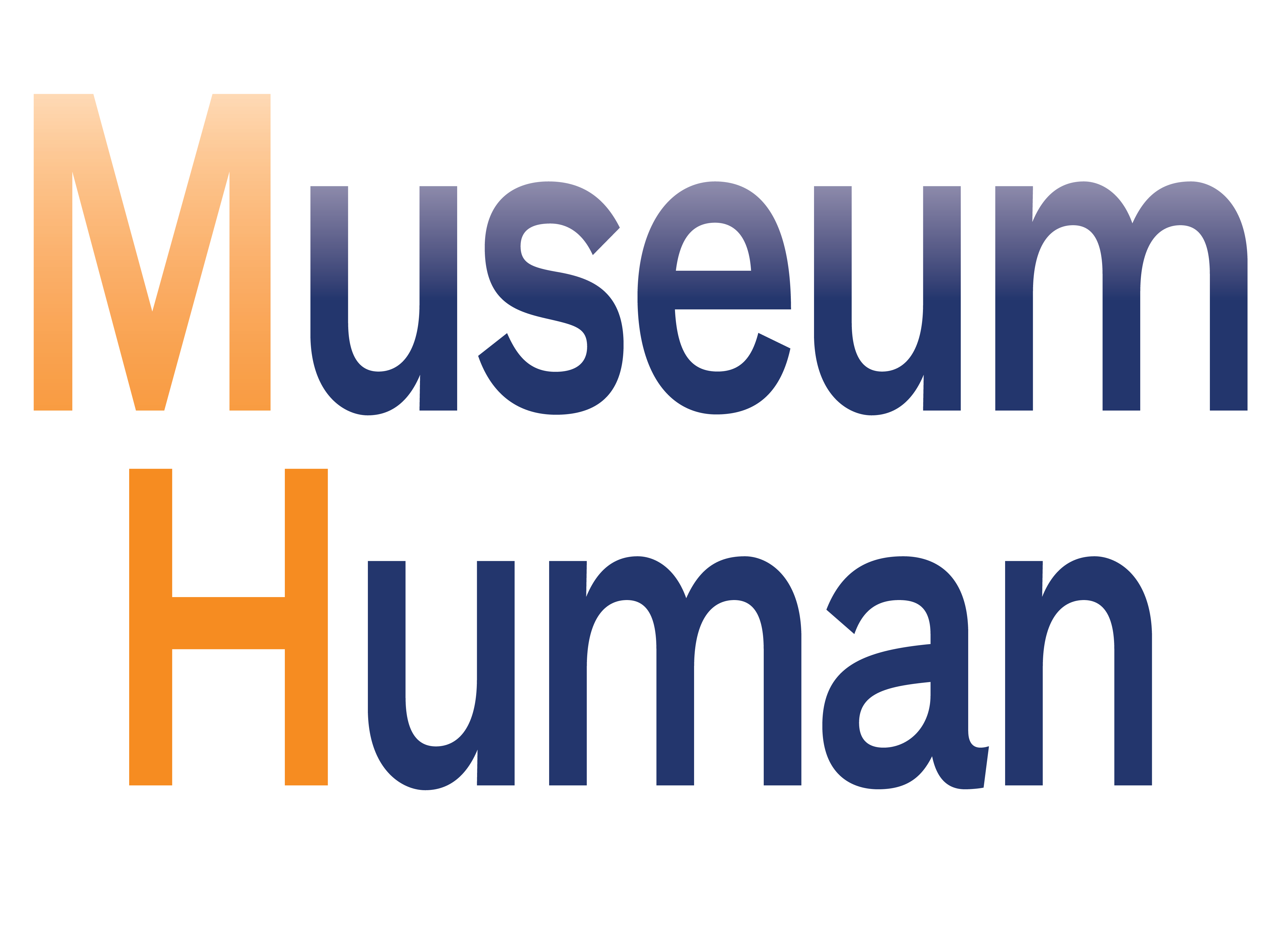
Museum professionals have no shortage of hot takes about the field
If you're reading this and not a subscriber to Museum Human, consider scrolling to the bottom and signing up now—it's free and is the only way to read the site's longer weekly post on the organizational culture of cultural organizations and to learn about upcoming subscriber-only events.
One: A Twitter call for cancellable museum hot takes led to a blog-year's worth of great views on the field. Check it out in full.
What's your most cancellable hot museum take?
— Tom Hopkins (@TMPHopkins1) April 13, 2022
Here are my two contributions to the conversation:
Museums don't need to collect anything else for a long while. Maybe never. (And should be giving a lot back.)
— Museum Human (@robertjweisberg) April 15, 2022
And there's more than enough work to do already in the institution to keep everyone fully employed, pretty much forever.
— Museum Human (@robertjweisberg) April 15, 2022
Two: Also check out these book recommendations from Wired, with an age's worth of reading on dystopias and happiness.
Three: Speaking of happiness, here are some ideas from Harvard Business Review. Since the magazine addresses a leader/manager readership, there are pointers about leader/manager check-in conversations. (I still think the magazine is worthwhile reading for anyone in an organization.) People with reports are reminded that behind every complaint is a commitment to quality, meaning, and purpose, which is a helpful point, and something for the complainers to remember as well—you are committed!
Four: Org culture guru Stowe Boyd has another great newsletter, this time reporting on the news that 1 in 3 people are considering joining the Great Resignation. He quotes a report from job site FlexJobs:
Though 2021 saw record levels of workers quitting their jobs, 2022 shows no signs of a slowdown. According to the Bureau of Labor Statistics (BLS), by the end of February 2022, 4.4 million people quit their jobs—a number that’s holding steady for the first part of the year. […]
To better understand what’s motivating people to quit, FlexJobs surveyed 2,202 people between February 23, 2022, and March 7, 2022. We asked them why they wanted to quit their jobs and how they planned to do it.
The top seven reasons in the report (selected by more than 40% of the respondents):
1. Toxic company culture (62%)
2. Low salary (59%)
3. Poor management (56%)
4. Lack of healthy work-life balance (49%)
5. No remote work options (43%)
6. Burnout (42%)
7. Not allowing flexible schedules (41%)
Boyd summed it up this way:
So, numbers 1 and 3 = bad management. The others are the many facets of businesses that are not centered around people, and which exist for — if they actually exist for anything — the shareholders and management.
Have some fun and compare this list to the museum-field hot takes above. So much for museum exceptionalism!
Five: Another take is from Elyse Rosenblum, managing director of Grads of Life, which advises companies on inclusive hiring practices. This aligns with something I mentioned in Tuesday's post:
For diversity goals, the biggest lever you can pull is eliminating the four-year degree filter.
Six: HBR believes that workers who are caregivers need better support—a personal hot take is, can we move past just caregivers (and I'm one, so I have skin in this particular game) and give all workers the prerogatives that some caregivers receive? It shouldn't take categorization to have more time for life, not should it take the luck of having understanding bosses.
Seven: Here's a hot take on the composition and format of museum boards, as a small arts space created a professional, paid board. In a similar vein, a "billionaire tax" proposal could change the way that wealthy trustees and donors give to museums.
Eight: And here is a variation on the "how to say 'no'" advice from HBR. My hot take here is, how many of us in museums actually feel we can say "no" to someone important and influential? Can museums successfully "professionalize" their department head corps?
Nine: "People spend more than half their day doing busy work, according to survey of 10,000-plus workers," from CNBC. My take here is a little contrarian: a lot of museum busy work represents previous projects which are still important to a lot of stakeholders but haven't been balanced against all the work generated by new projects and the additional work we're doing for colleagues who were laid off or pushed to retire. (Wow, am I really standing up for busy work? I guess I'm just saying, ask people what they do before declaring their work pointless.)
Ten: This great tweet from Ethan Mollick is a huge hot take on the unwritten rules of our organizations and everyone's pervasive lack of knowledge of other areas of the institution. The paper the tweet is referring to is paywalled so you'll have to settle for Mollick's summary, along with a screenshot receipt:
This paper shows that learning about how your firm works is equivalent to gaining Lovecraftian Secret Knowledge. Promising managers asked to do process redesign at their firm learn how messed up it all is, so they give up rising careers & become hermits at the edges of the firm:

Bonus: I'm almost done with Anne Helen Petersen's and Charlie Warzel's Out of Office, and I'll have an entire post later about the book and the partners' additional org culture writing about the nature of work. Petersen's recent Substack on how some jobs and even careers are only sustainable with wives/assistants/research staffs is an epic hot take, followed by another point on the way that our jobs have evolved into holding multiple sets of responsibilities at once:
… that sort of sustainability [in academic work] … was also built on the understanding that every academic would be able to off-load the most time-consuming of tasks to their assistants. Some of those assistants took the form of their wives. Some were graduate students and research assistants. And some were actual department secretaries, who oversaw and facilitated the quotidian tasks that now absorb so many academics’ lives. …
But the “rockstars” of any profession usually have another secret: they’ve found themselves in a situation in which they’re able to still do one job. I don’t mean that they’re not doing several things at once. I mean they’re not trying to do the work that three or four people. In the case of a CEO or president: they have at least one assistant, if not more. In the case of the successful, senior academic: they still have a small army of paid research assistants to do their book research for them and teaching assistants to do their grading and the intense work of interacting directly with students. …
I'm reminded of my "no more rockstars" post earlier this year. (The belief that we can "genius our way out of stagnation" is still out there; read this 2019 post from Stowe Boyd.) Petersen continues:
Sometimes, this job “expansion” is the result of layoffs, downsizing, reorgs, or budget shortages, where remaining workers are told to do more with less — or leave. These over-filled jobs are legion in “passion” occupations (non-profits, education, caregiving) where the maxims of vocational awe make doing more with less a badge of honor. In many organizations, particularly anywhere where a consultant has been called in to “trim the fat,” the jobs that ensured that work was performed smoothly and without overload have been eliminated, the essential components of their job descriptions added onto those that remained. To look back at the last forty years of corporate layoffs is to watch so many employers forget — or be convinced to forget — that fat has an essential purpose. …
This sort of job creep was worsened, in multiple ways, by the pandemic, but the pandemic was not its catalyst. These were already smothering jobs, devouring jobs that combine with the similarly expanding expectations of child and eldercare to become something darker and more volatile. These days, I think of these jobs as not just expanding, but on the verge of exploding. That might sound dramatic, but the connotation feels right. Stay in these jobs long enough, and they’ll guaranteed to leave scars.
Read the whole thing, and I hope you enjoy all these takes!
Liberation
Expressing hot takes can feel liberating at first—there's that hit of enjoyment at saying "oh yeah!" to something we read on social media or hear in an all-staff meeting. The hard part, of course, is where we go from there. The first step is getting past the take to broad agreement among your colleague community. Where we go from there is up to us.
If you're reading this and not a subscriber to Museum Human, consider signing up for a free subscription below—it's the only way to read the site's longer weekly post on the organizational culture of cultural organizations and to learn about upcoming subscriber-only events. Thank you for reading!
cover image by Guido Jansen / Unsplash [description: flames of a roaring fire]

Links of the Week: April 22, 2022: Museum Field Hot Takes by Robert J Weisberg is licensed under a Creative Commons Attribution-NonCommercial-ShareAlike 4.0 International License.






